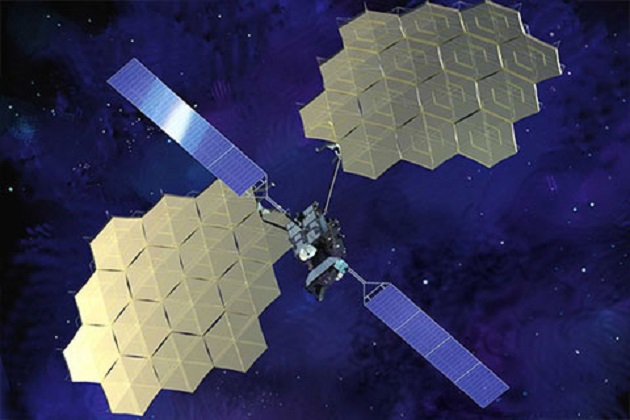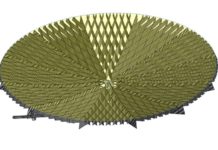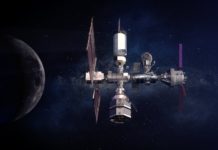Japan-based startup AstroTerrace and US-based BridgeSat have been awarded a contract by Japan’s National Institute of Information and Communications Technology (NICT) for Japan’s Engineering Test Satellite 9 (ETS-9). NICT has been tasked by Japan’s space agency JAXA to develop communications for the satellite.
Under this contract, the two companies will help in the development of optical communications on the geostationary satellite, which will be located in a geosynchronous orbit above Japan. ETS-9 is planned for launch in 2021.
ETS-9’s optical communications programme has been dubbed High speed Communication with Advanced Laser Instrument (HICALI). HICALI will use laser communications, as well as novel optical devices, to transmit data at a rate of 10 Gbps from geostationary orbit to ground.
BridgeSat will provide the optical front end design, while AstroTerrace will oversee its development.
“NICT has provided decades of leadership with space optical communications, and we look forward to working with the BridgeSat team for NICT on this important project,” said Hisanori Tsuji, President and Founder of AstroTerrace.
“It is a great honor to work for NICT, partnering with AstroTerrace, on the HICALI system for the ETS-9 satellite. They are the pioneers in space optical communications, and they share our mutual goal to advance this technology for the benefit of the world, and extends BridgeSat’s solution from LEO to GEO,” said Barry Matsumori, CEO of BridgeSat.
The satellite bus will be built by Mitsubishi Electric, in a contract awarded earlier this year and will use an all-electric bus system using Japan-made Hall thrusters.
Japan’s ETS programme began in 1075, when ETS-1 was launched. So far, there have been eight ETS satellites, ETS-8 having been launched in 2006 and decommissioned this year.







